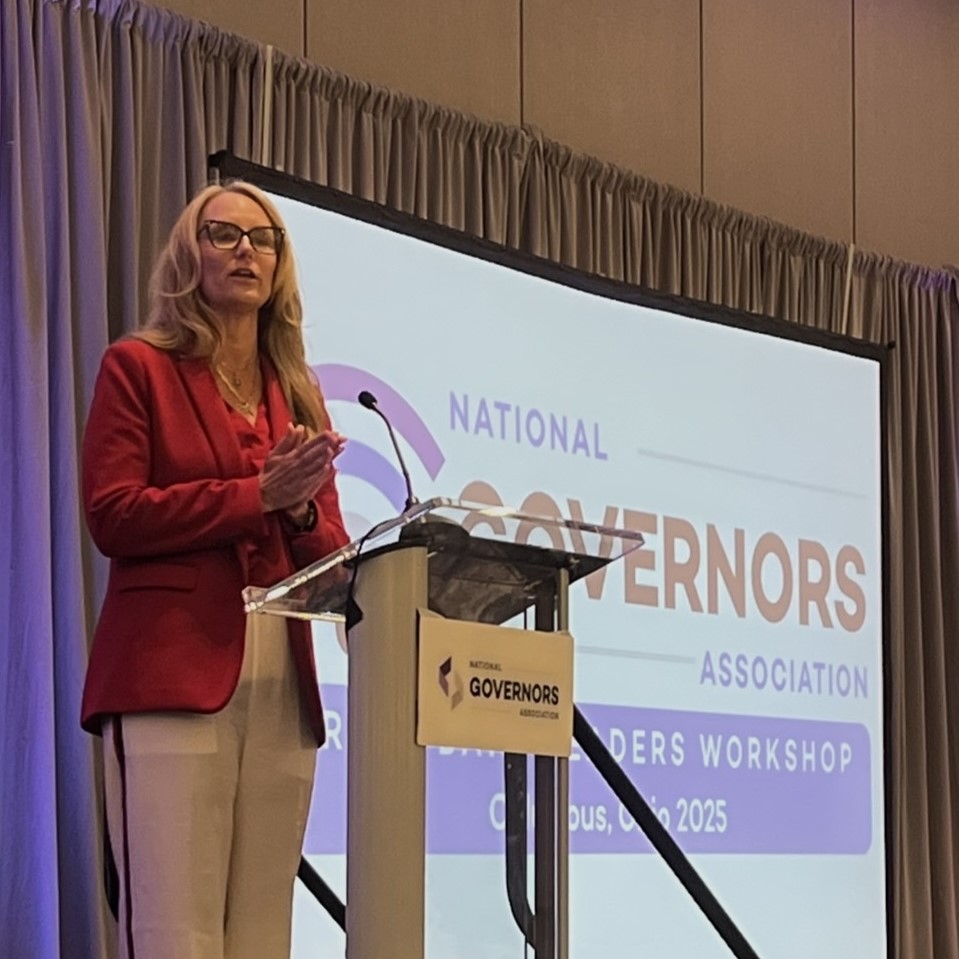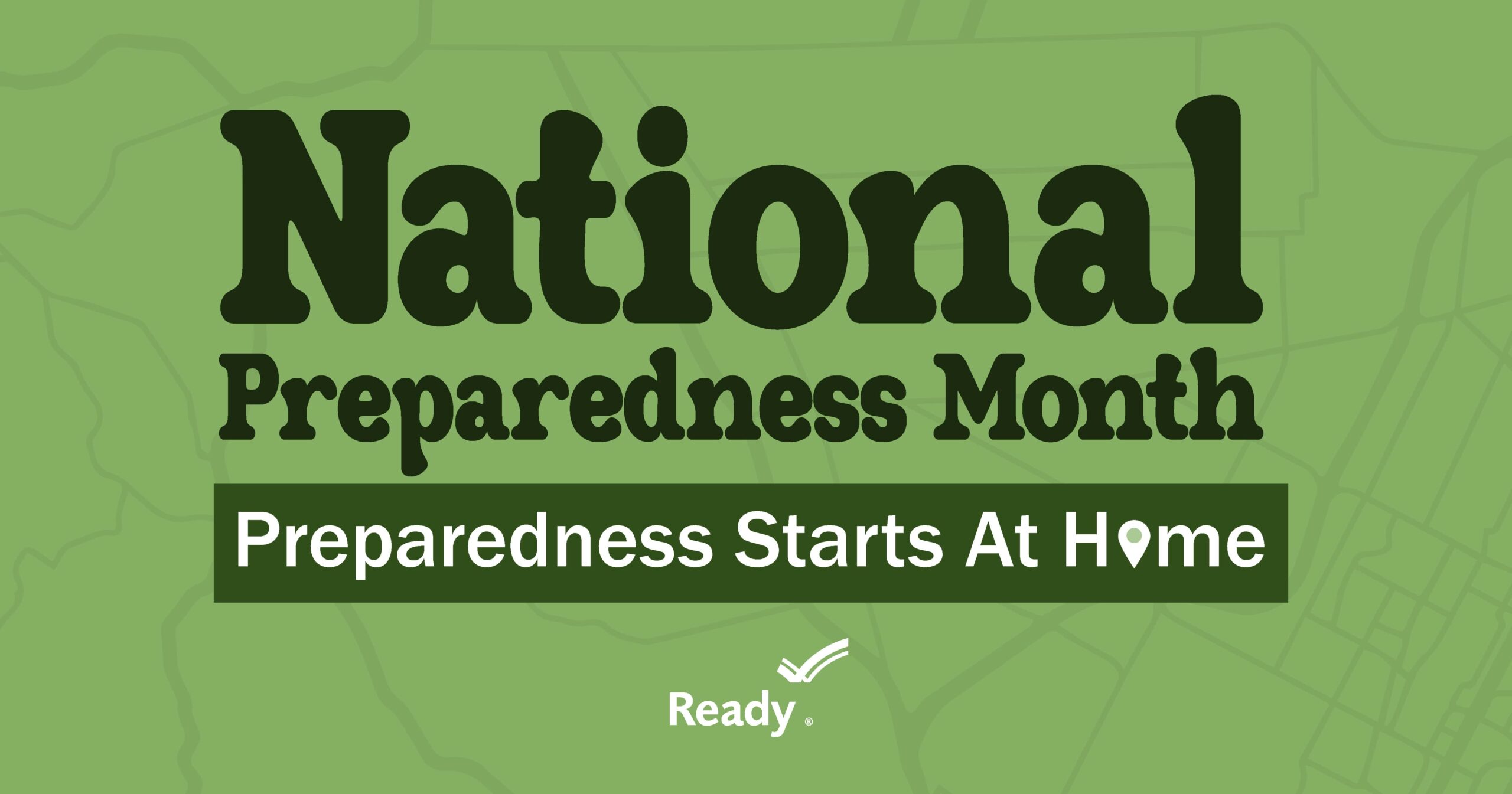Opportunities abound for state-led solutions, and Governors continue to take up the mantle by continuing to prioritize increasing the availability of early care and education.
(Download)
Ten years ago, Governors’ rhetoric was focused on the importance of early childhood development and education, but especially in the post-COVID era, Governors are drilling down on their efforts to maintain supply of early childhood care, focusing on the role that delivery and availability of quality child care plays in families’ lives. Last year, over 20 state and territorial leaders explicitly mentioned early care and education in their 2024 Governors’ State of the State Addresses, and the number continues to grow; in 2025, 27 Governors mentioned either child care or early care and education in their State of the State Addresses. Across Republican and Democrat Governors, state and territory leaders are making early care and education (ECE) a bigger part of their gubernatorial agendas.
Mirroring this shift, the National Governors Association Center for Best Practices (NGA Center) is focused on bringing states and territories together for peer learning on efforts to bolster ECE delivery systems. In October 2024, the NGA Center, in partnership with the First Five Years Fund, convened a full-day roundtable discussion for state and territorial child care leaders to explore the future of state child care leadership. Convening 12 advisors from 11 states representing a diverse array of Governors, participants examined innovations, challenges, and opportunities within the state, especially during a time of transition at the tail end of historic federal pandemic relief funding. Representing Gubernatorial perspectives from Arizona, Colorado, Idaho, Kansas, Maine, North Carolina, North Dakota, New York, Oklahoma, Vermont and Wyoming, the group delved into conversations about trends, topics and approaches related to where states and Governors are headed next in efforts to bolster the availability of child care.
Key Takeaways
Especially in light of leaner state budgets, Governors are focused on addressing challenges via supply-side solutions and engaging in strategic cross-sector approaches to look across the state early childhood landscape to coordinate their ECE systems-building efforts. Undertaking efforts to explore comprehensive, statewide strategies that utilize all avenues for a mixed-delivery system, Governors are working to develop broad, statewide strategies with a key focus on building strong partnerships with government bodies like State Early Childhood Advisory Councils and Head Start Collaboration offices in addition to working with employers, providers and private sector groups like Chambers of Commerce. Strengthening these collaborations is becoming an increasingly important priority for administrations.
Ongoing Challenges
Themes from the roundtable discussions on shared challenges that hinder Governors’ in addressing supply of accessible, affordable and quality child care included:
- Governance: Developing coordinated policy solutions is especially challenging when different parts of the work are siloed within different agencies. While some states have a centralized department or agency that coordinates ECE policy, others may have 2 – 5 entities that each have a piece of the ECE ecosystem. Additionally, the Head Start program, which often accounts for a large portion of state and territory preschool slots, operates outside the state/territory purview. Disjointed programming, mismatched expectations or different operating priorities between agencies adds additional layers of hazards to navigate. Discussions explored lessons learned from Colorado as the state created an entirely new department, while Maine coordinates ECE policy through their children’s cabinet. States are also leveraging Preschool Development Grants (PDG B-5) to promote systems building across their ECE programs.
- Data: Access to up-to-date information continues to be a challenge for state leaders looking to improve their states’ care sectors. Several states noted that lack of data makes it difficult to identify area needs and present clear evidence to back up investments. While some national organizations publish data on state child care landscapes, availability of data is dependent on each state’s reporting requirements, which do not always align with federal reporting rules. Participants specifically noted lapses or blind spots on information related to ECE workforce shortages, access/care deserts and economic hardships.
- Workforce: States continue to report challenges with retention, especially given limited funding. Discussion centered on states’ use of flexible federal dollars to support their ECE workforce through incentives, raises, or one-time bonuses; as these dollars expire, states are looking for new ways to address shortages within the child care workforce sector.
- New Regulations: States also talked about the new CCDF final rule that outlines new requirements for the federal subsidy system. While the new requirements are intended to help children and families better access care, some states are struggling to implement them effectively due to lack of dedicated funding. As of November 2024, Kansas was the only state in compliance with all new requirements.
- Expiration of Federal Dollars: As states grapple with ongoing challenges, the expiration of flexible COVID-19 dollars make decision-making and resource allocation more challenging. Several states noted they leveraged federal funding to support their workforce specifically, while others invested in longer-term solutions like updating data systems and targeting investments directly into the sector. With the expiration of these one-time funds, states and territories and now looking for new funding sources for the sector, hoping to create lasting change through several of these temporary fixes.
State and Territory Innovations
Roundtable participants raised the following as ideas for future exploration of best practices and lessons learned:
- Partnering with Business: North Carolina created a position in the Department of Commerce called the child care business liaison. This role supports cross-agency collaboration between commerce, health and human services, and the Governor’s office to help businesses across North Carolina provide child care to their employees. Similar positions also exist in Iowa and Oregon.
- Tri-Share Models: Several states have created tri-share models for child care, where the cost of child care is essentially split three ways. In a tri-share model, the state provides funding, the family’s employer provides funding and the employee pays the remaining share of the child care costs, significantly reducing the financial burden on families. Tri-share models are active in New York, North Carolina and North Dakota. In each of these states, the tri-share model is available to families who meet certain income requirements.
- Employer-Based Child Care: In partnership with Executives Partnering to Invest in Children (EPIC), the Colorado Department of Early Childhood supported an employer-based child care design lab. Employers across Colorado can apply to participate in a workshop to learn how to plan and implement an employer-based child care site for their workforce and surrounding community.
- Categorical Eligibility for Child Care Employees: Some states also offer subsidies or scholarships for employers working in a child care setting. Modeled off action in Kentucky, Colorado and North Dakota have created financial incentives for employers of licensed child care facilities through their Child Care Assistance Programs (CCAPs). Arizona also runs the education workforce scholarship program, supporting parents with child care assistance who are working in child care, publicly funded Pre-K through 12th grade schools, and publicly funded charter schools.
- Targeted State Investments: In 2023, Vermont invested a significant amount of state dollars to expand eligibility for the state’s Child Care Financial Assistance Program (CCFAP) and to make affordability, accessibility and quality improvements. Other states, like California, are using state general funding to waive family fees for their child care subsidy program. Governor Tony Evers in Wisconsin also announced the state would be investing over $500 million to lower child care costs and invest in employer-sponsored child care.
Trusted Partners
Roundtable participants reported that partnerships with both public and private entities are essential to advance coordinated planning across the state ECE landscape:
- State and Territory Advisory Councils: State and Territory Advisory Councils on Early Childhood Education and Care (ECSACs) are one public entity that states and territories can rely on to help coordinate decision making and assist in policy development. Especially in states and territories where early childhood governance is not centralized within one department, ECSACs can be critical to informing policy and program decisions. Governors’ offices can utilize these bodies to pressure test child care priorities in the absence of another coordinating entity, as well as help inform bodies like children’s cabinets. Wyoming highlighted the critical feedback and guidance they receive from their ECSAC, housed within their Department of Family services, and its role in informing policy and decision-making for the state.
- Employer Community: Engaging with Chambers of Commerce to better understand and address states’ workforce care needs is critical. North Carolina highlighted their Child Care Business Liaison, operating within the state’s Department of Commerce, who acts as a bridge between state government, employers and the child care industry. In this role, the liaison helps link child care access to economic and workforce development, support North Carolina’s tri-share pilot program and engage employers to address child care shortages. Iowa and Oregon also utilize similar liaison roles. Arizona, Colorado and Kansas shared perspectives on working with new semiconductor companies and manufacturers* in their states to centralize and coordinate decision-making and compliance with the new requirements, with the end goal of supporting more access to high quality care. (*The CHIPS and Science Act includes requirements for semiconductor manufacturers applying for more than $150 million in funding have a plan to support high quality child care for their employees)
- Cross-Agency Partners: When ECE administration is not centralized in one agency, coordinating across departments is essential for making an informed strategy on system-wide improvements. Additionally, engaging with departments outside the scope of early childhood, including commerce, infrastructure, or workforce and economic development, can ensure that all available tools and perspectives for supporting the child care delivery are utilized.
- Community Development Financial Institutions (CDFIs): Partnering with CDFIs to identify funding and streamline applications for child care providers can directly support supply-building efforts. The expertise of CDFIs can contribute to knowledge management and help identify public policy solutions to reduce the burden on child care providers entering the market.
Conclusion
Opportunities abound for state-led solutions, and Governors continue to take up the mantle by continuing to prioritize increasing the availability of early care and education. Additionally, their policy teams are eager to coordinate across funding streams and arms of government to maximize the efficiency and effectiveness of their systems. As states and territories face leaner budgets, it will be crucial for them to learn from each other to ensure ECE systems sustain and expand on important supply-building best practices and lessons learned.
Furthermore, to make the most of limited state resources, states and territories will need to continue efforts to explore comprehensive, state/territory-wide strategies that utilize all avenues for a mixed-delivery system. This will require cultivating stronger collaboration among key government bodies, including State Early Childhood Advisory Councils and Head Start Collaboration offices. Particularly important to consider, are state insights from former federal investments into state ECE coordination efforts, including Preschool Development Grants.
Governors have solutions, and bringing Governors and their staff together to develop solutions to the challenges they face remains the top priority for the National Governors Association Center for Best Practices.
This publication was developed by Eli McCabe and Jordan Hynes, National Governors Association, in collaboration with Amanda Guarino, First Five Years Fund. The National Governors Association would like to thank the First Five Years Fund for their support of this roundtable and report. For more information, visit FFYF’s website












